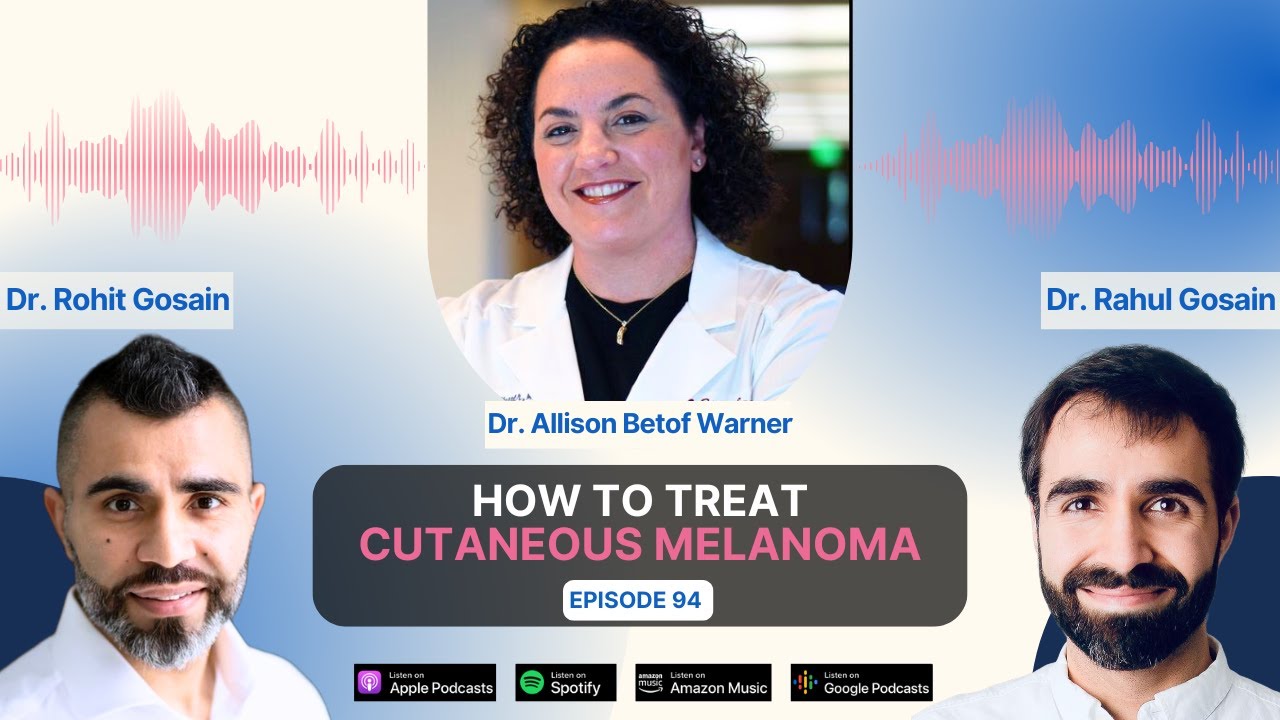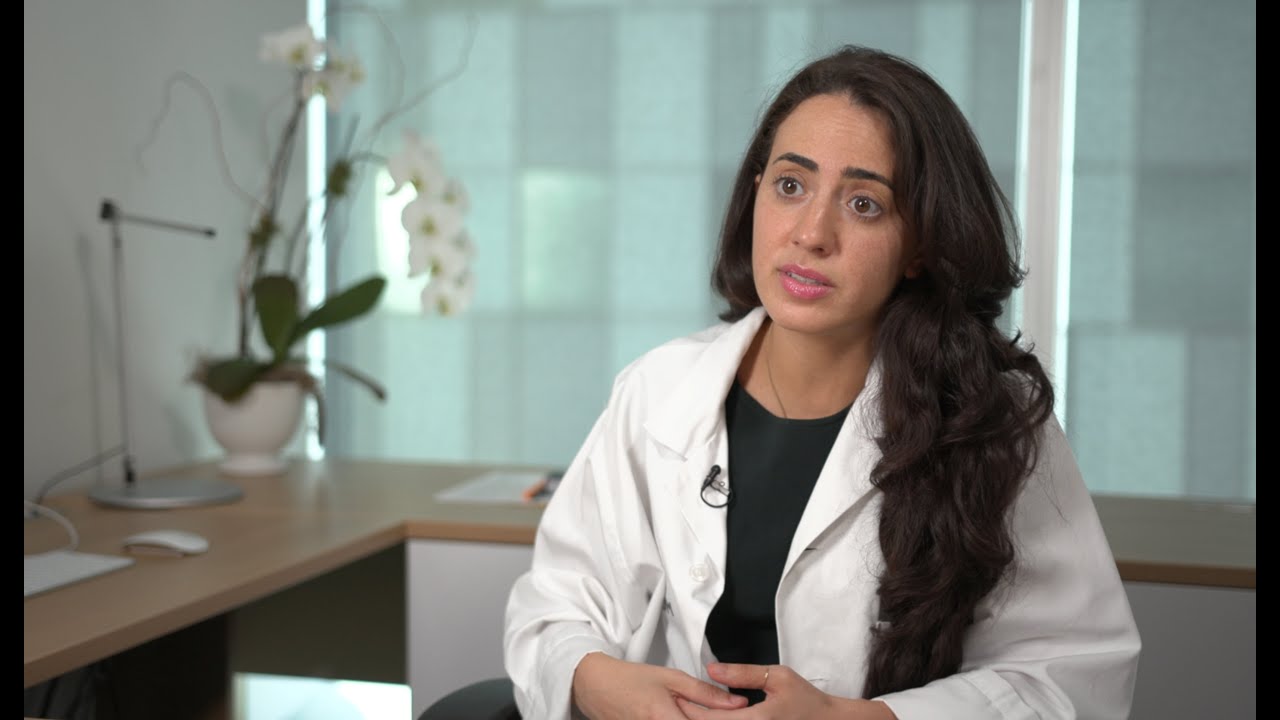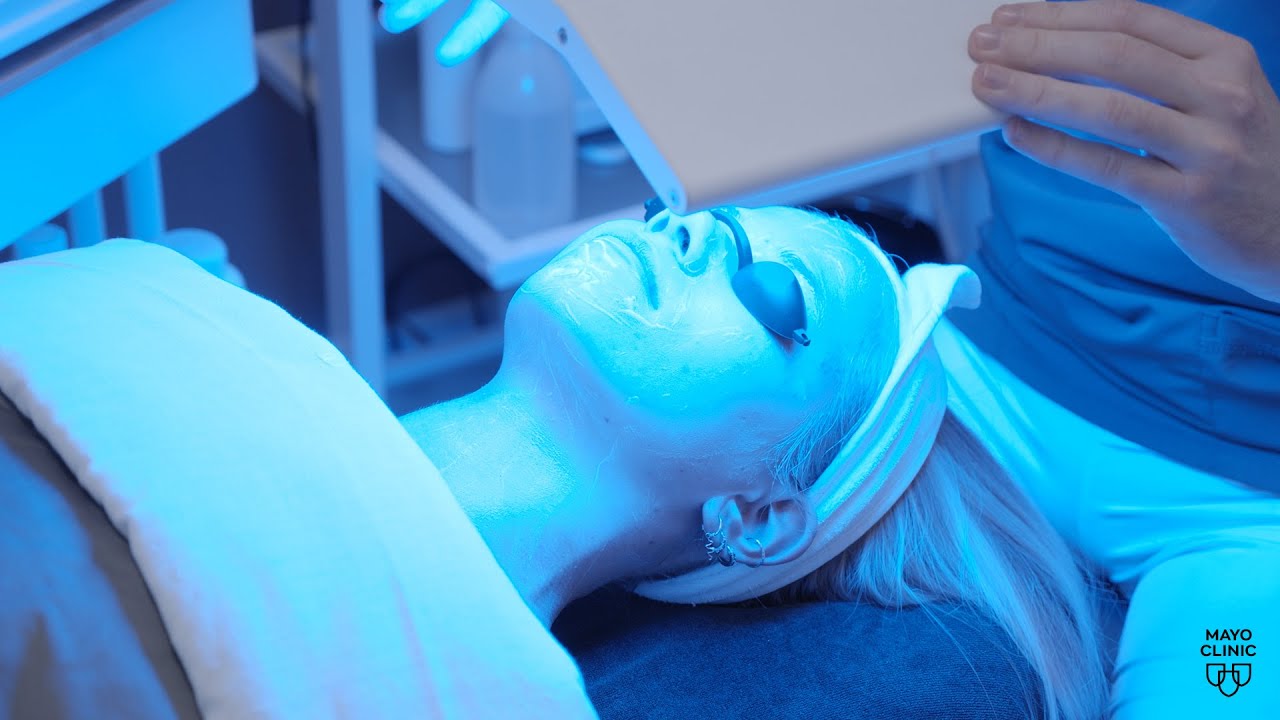Antiretroviral therapy start-up linked to genital ulcers in women
Reuters Health • The Doctor's Channel Daily Newscast
“The most surprising finding was that this increased risk was limited to the first month,” lead author Dr. Susan M. Graham from the University of Washington, Seattle told Reuters Health. “An earlier study…had indicated that the risk of immune reconstitution-related genital ulcer disease was increased during the first 6 months of therapy.”
The current study followed HIV-infected women prospectively, so the results provide a more accurate estimate of the risk after ART, she added.
In the December 15th Journal of Acquired Immune Deficiency Syndromes, Dr. Graham and her colleagues note that genital ulcer disease is of particular concern during HIV infection, since mucosal breakdown and local inflammation increase viral shedding at the ulcer site, thereby increasing the risk of transmission.
The researchers performed exams at baseline and then monthly on 134 Kenyan women who were starting ART with either stavudine or zidovudine combined with lamivudine and nevirapine. The median baseline CD4 cell count was 127, and 82 women had a documented history of GUD.
During the first 6 months of ART (85 visits), 54 women (40.3%) had genital ulcers. The prevalence of the ulcers rose from 9.7% at baseline to 16.7% one month after ART was initiated (adjusted odds ratio 1.9, p = 0.04), and then fell to 6.4% by month 6.
“Immune reconstitution inflammatory syndrome (IRIS) is a term used to describe the paradoxical worsening of preexisting infectious processes following ART initiation,” Dr. Graham explained. “Chronic infections such as genital herpes simplex virus type 2 (HSV-2) may flare when the host regains the capacity to mount an inflammatory response, but is still unable to control the infection completely.”
Ulcers were more frequent in women with a history of genital ulcer disease (13.9% vs 3.9%, p < 0.001). In multivariate analysis, a baseline CD4 cell count below 100 and a history of genital ulcers were independent predictors of risk after initiation of antiretroviral therapy.
Dr. Graham recommends that for women with known HSV-2 infection, suppression with acyclovir may help prevent genital ulcer recurrence, promote ulcer healing, and decrease HIV-1 shedding.
When serologic tests for herpesvirus are not available, “suppressive therapy with acyclovir at ART initiation and for up to 6 months thereafter could be considered” for women with a history of recurrent genital ulcers, she added.
The researchers emphasize that women with a history of genital ulcers should be counseled about the potential for increased transmission risk during the first few months of ART.
Reference:
J Acquir Immune Defic Syndr 2009;52:600-603.






